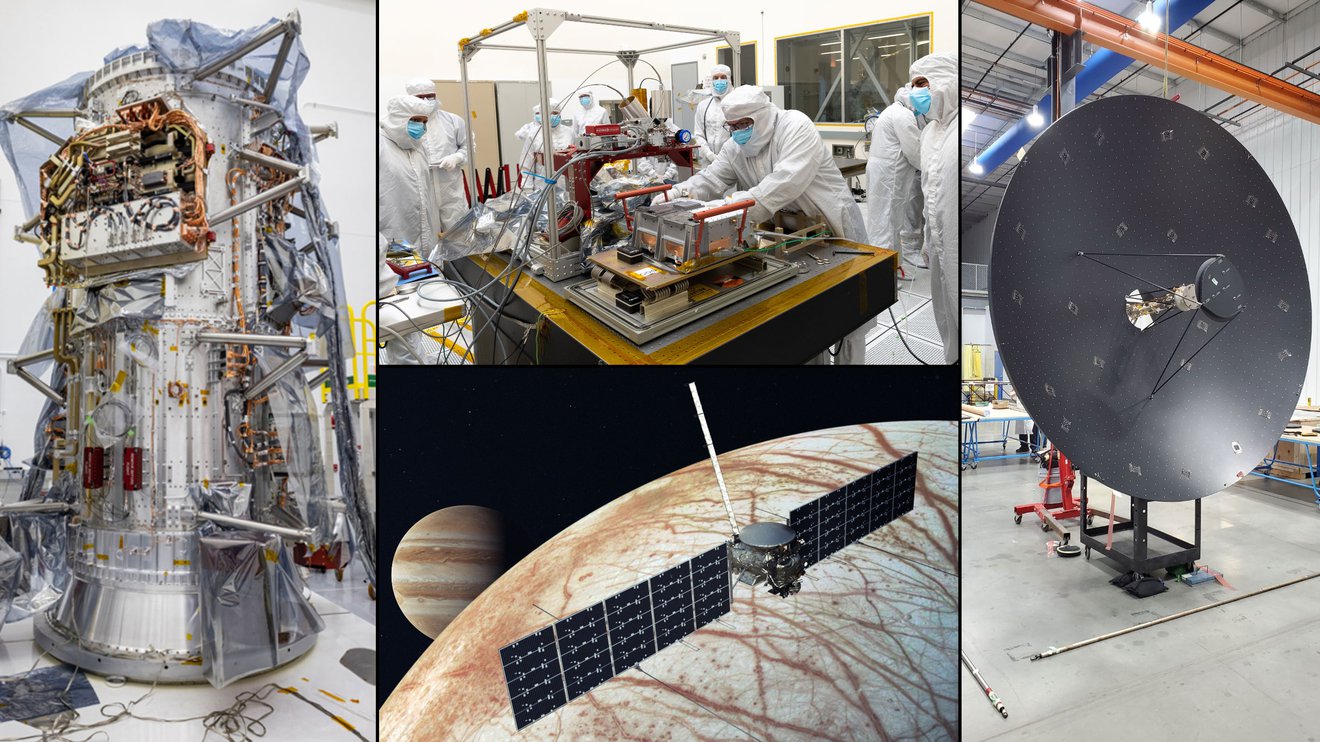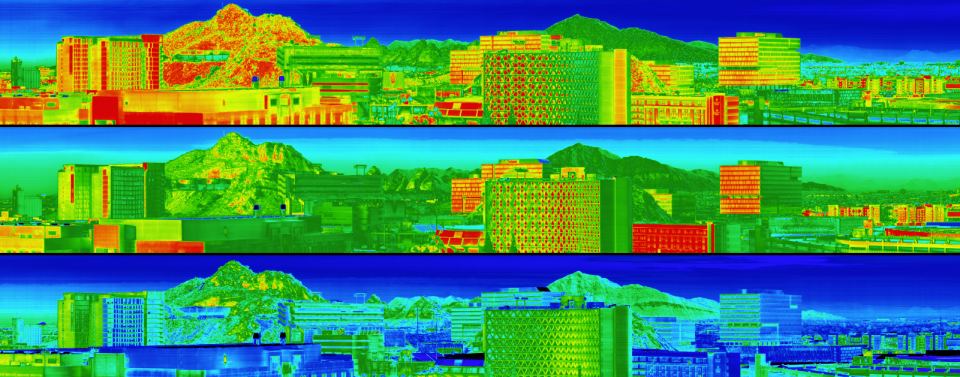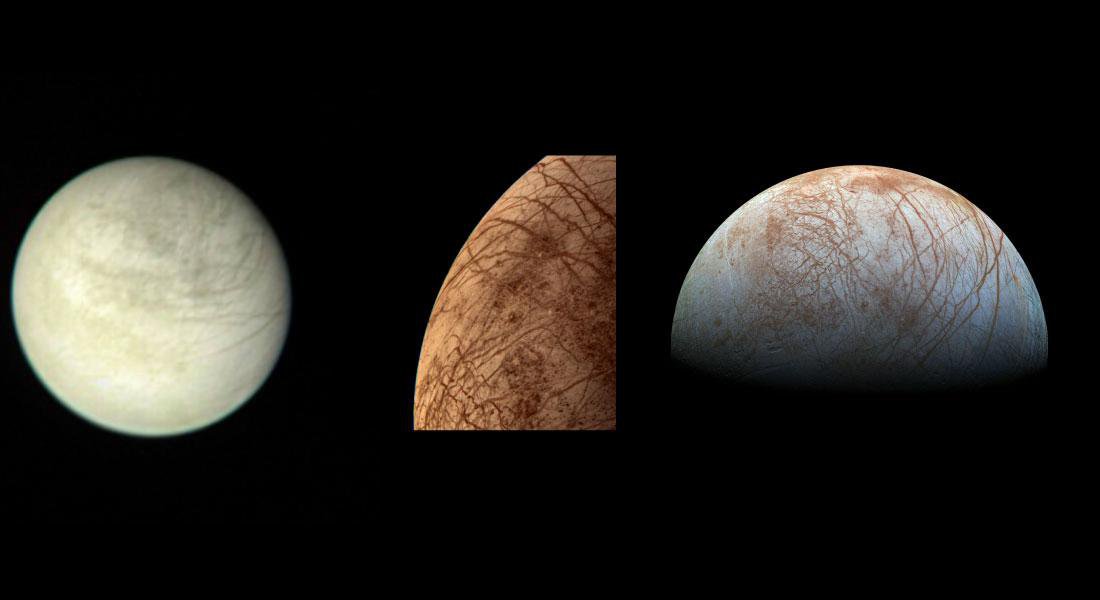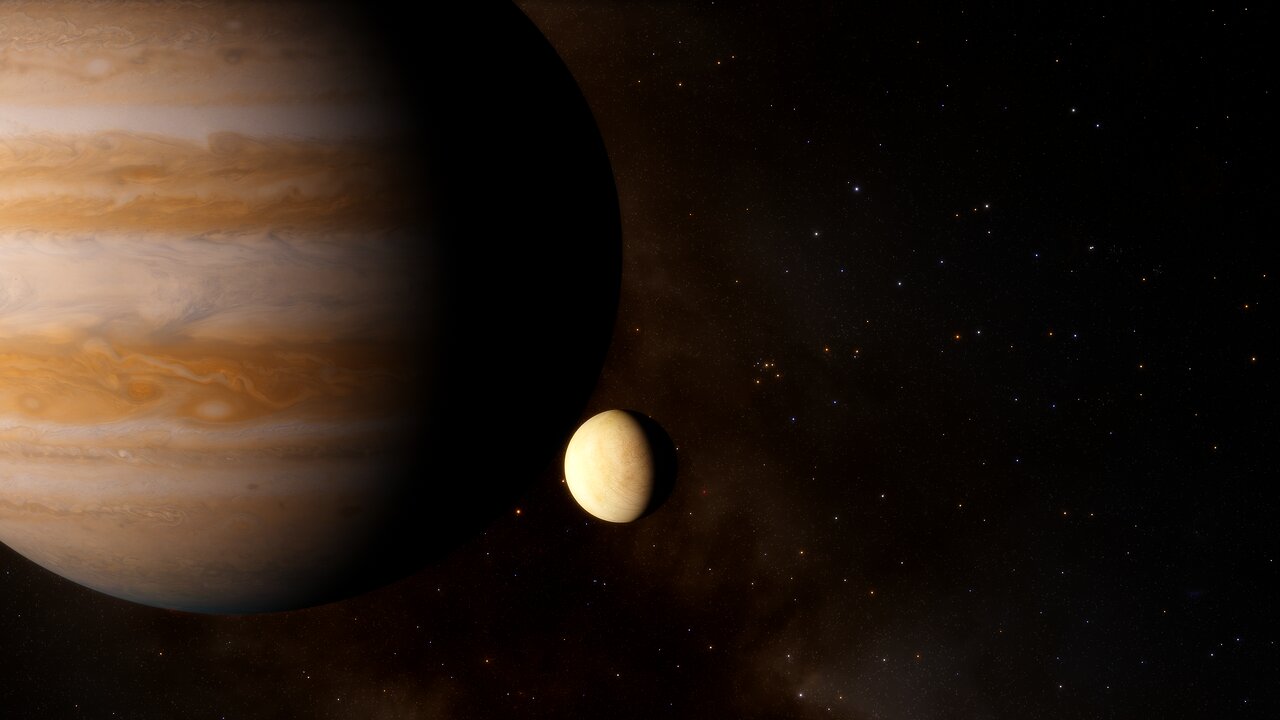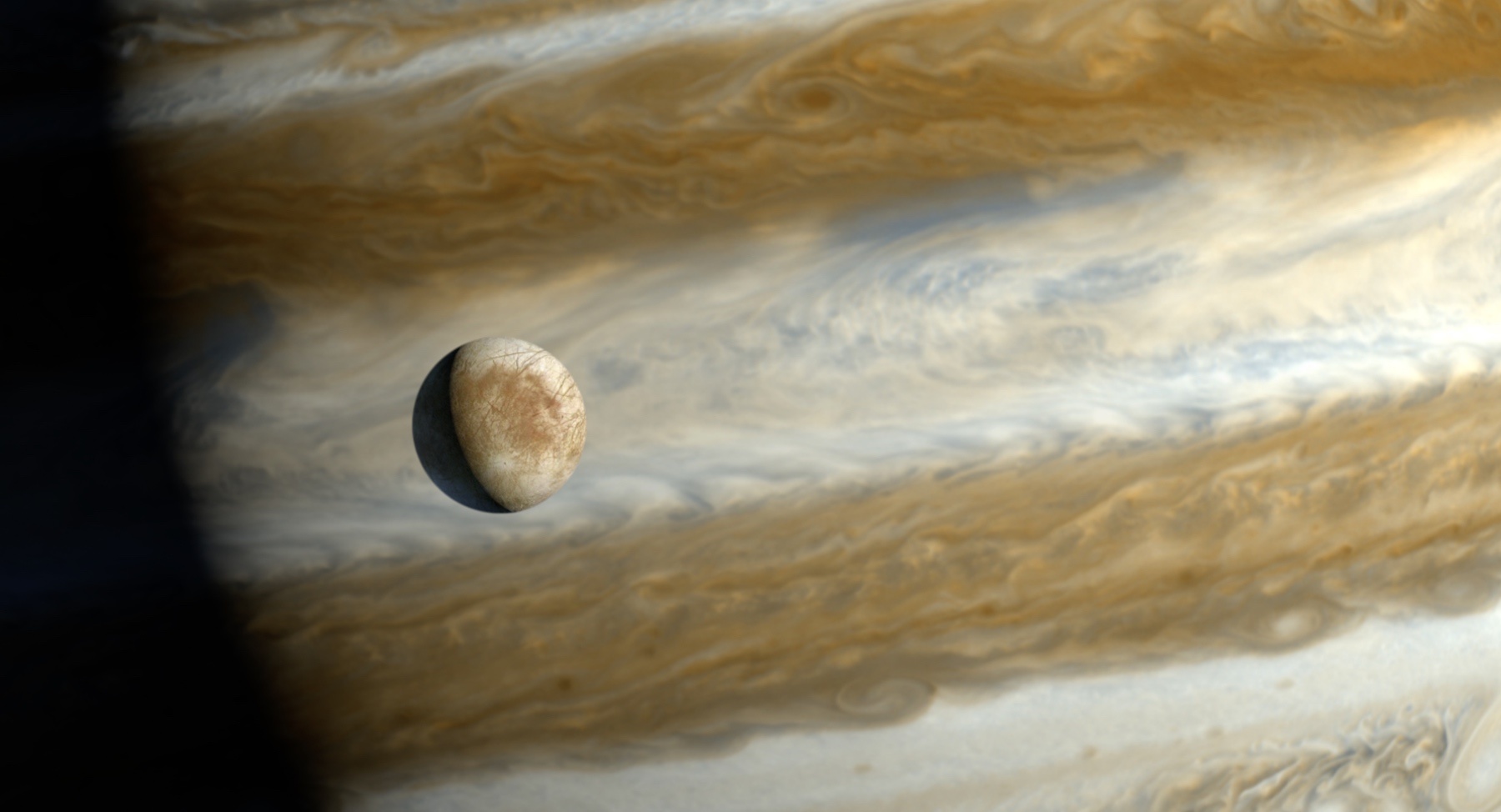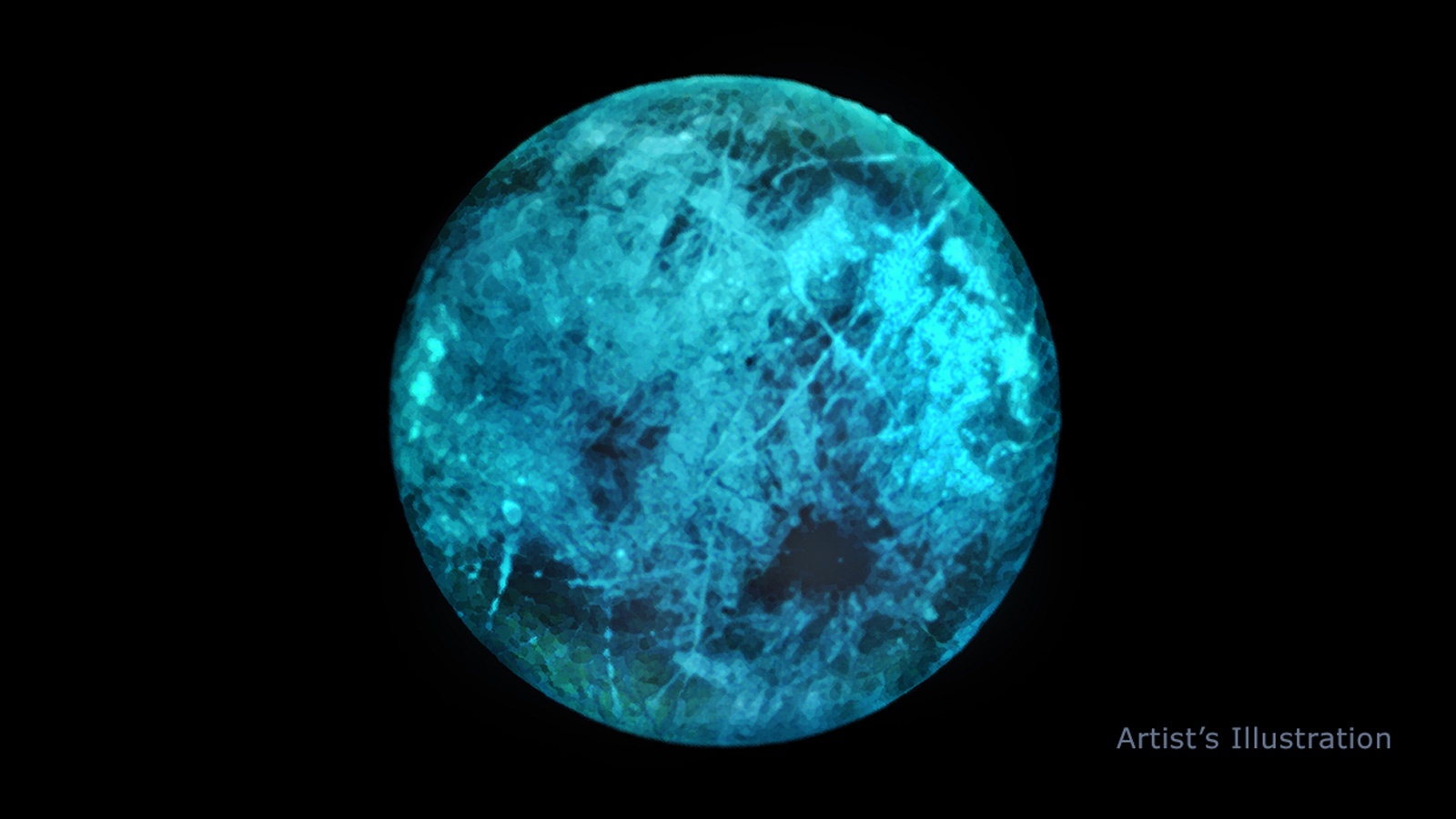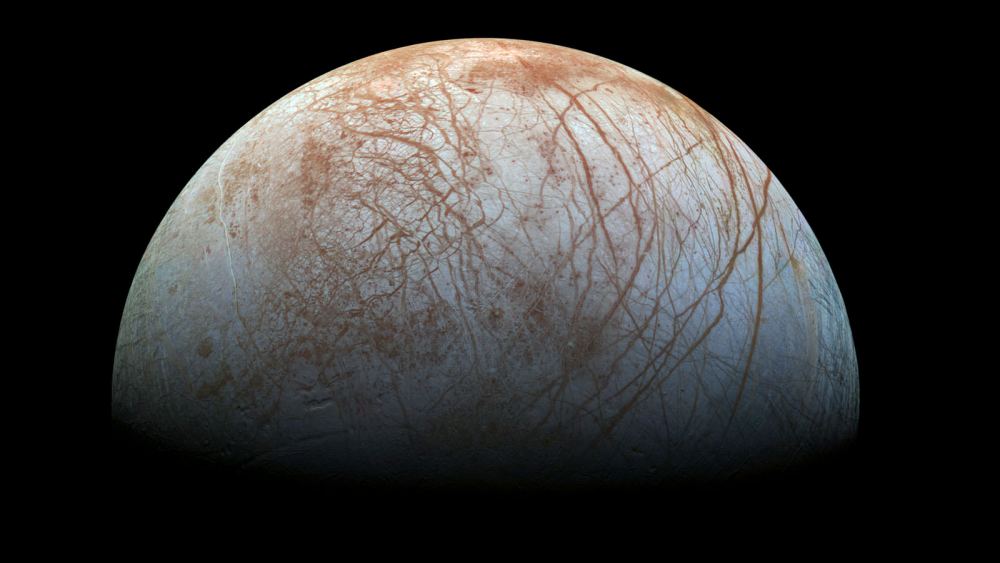Who is excited to send a spacecraft to Europa? Every person I’ve talked to who is even remotely interested in planetary exploration is incredibly enthusiastic about the upcoming Europa Clipper mission to explore Jupiter’s icy moon. With strong evidence of a subsurface liquid ocean, Europa is considered by many to be the most likely place in our Solar System – besides Earth — which might harbor life. The many mysteries about this moon make it a compelling place to explore.
Continue reading “The Europa Clipper is Coming Together, Launching in 2024”The Europa Clipper is Coming Together, Launching in 2024
